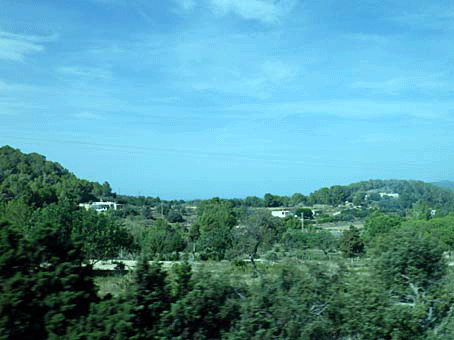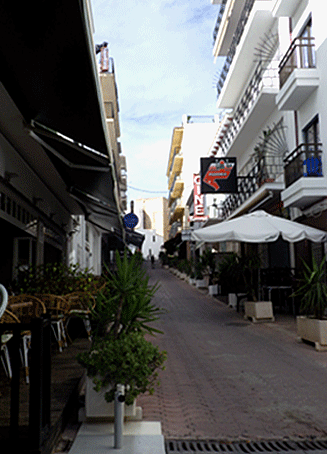IBIZA, SPAIN
|
Ibiza is a Spanish island in the Mediterranean Sea off the eastern coast of the Iberian Peninsula, 150 kilometres (93 miles) from the city of Valencia. It is well known for its nightlife and electronic dance music club scene in the summer, which attract large numbers of tourists. The island's government and the Spanish Tourist Office have worked toward promoting more family-oriented tourism. Ibiza is a UNESCO World Heritage Site. The island and the nearby island of Formentera to its south are called the Pine Islands, or “Pityuses”. Ibiza has a hot semi-arid climate, bordering on a hot-summer Mediterranean climate. The average annual temperature of Ibiza is 18.3 °C (65 °F), being warm and mild throughout the whole year. The climate of Ibiza is typically warm, sunny and dry, with low variation between highs and lows, while the yearly rain amount ranges from 400 to 450 millimetres (16 to 18 in). The average high temperature is 22.2 °C (72 °F), while the average low is 14.3 °C (58 °F). Winters are slightly rainy and mild, from November to April while the summers are hot and fairly humid, but with very little rainfall. The few rainy days are often accompanied by thunderstorms Our tour was a bus tour through the city and surrounding area. Of course its windows also had green tint, so I did my best to adjust the colours. |
||
|
The bus left the pier on the south shore which consisted of tree covered rocky crags and mid-century homes. |
||
|
On the way to San Jose we passed the Ses Salines, one of the first salt pits on the island. |
||
|
South Shore. |
|
|
|
|
||
|
Another view of the beach. |
||
|
The beach extends for quite a way around the shore. |
||
|
|
|
|
|
|
but no farms. |
|
|
. |
egg in Sant Antoni de Portmany, Ibiza. In the center of the egg is a sculpture of one of Columbus’ ship. |
|
|
relax in a small café for our cappuccino. |
|
|
|
|
|
|
|
Leaving Ibiza
|
||
Back to Home – Western Europe Site Home Page

















